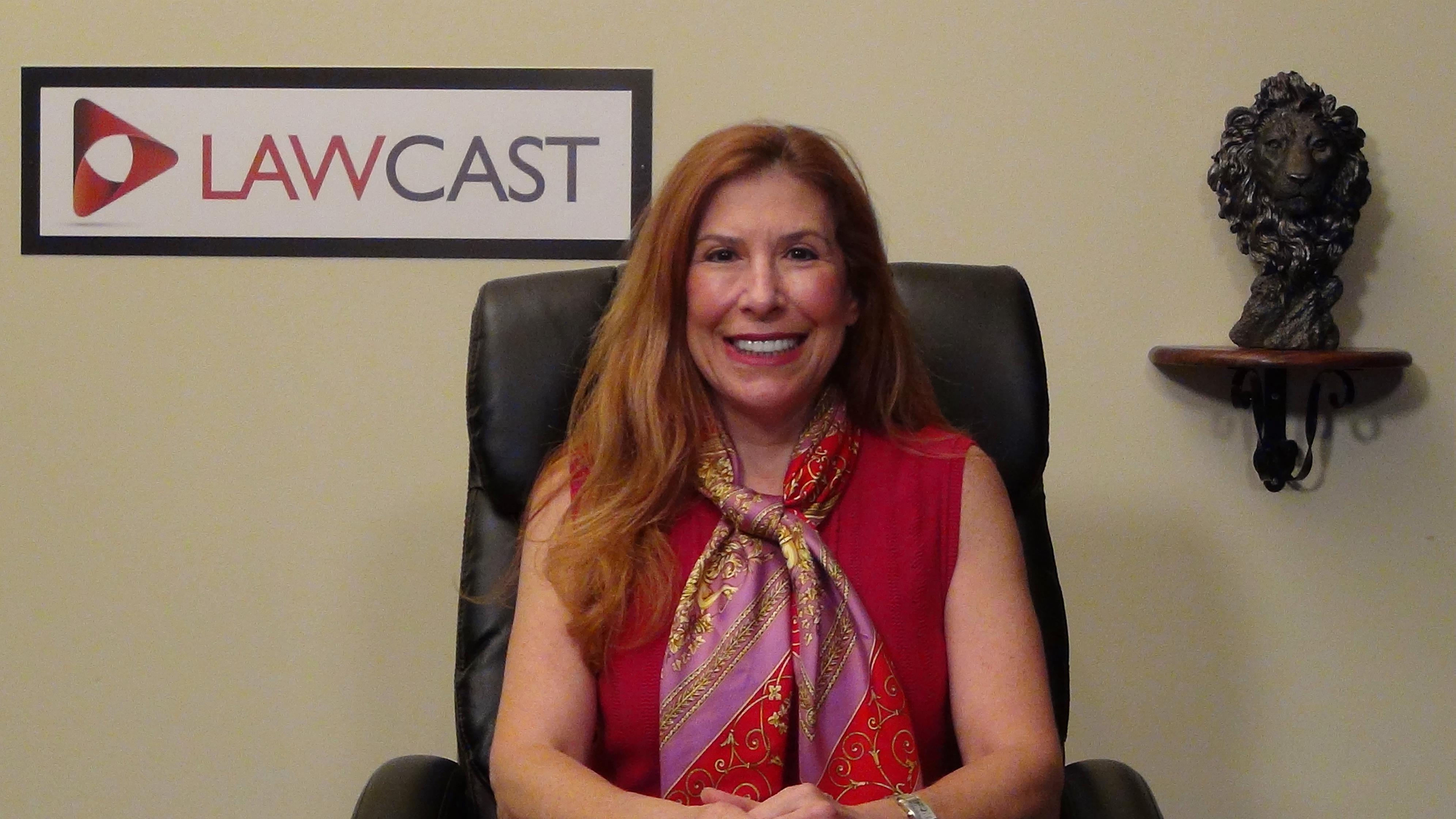506(b) and 506(c) Offerings
Complete 506(b) and 506(c) Offerings- Both Rule 506 offerings are promulgated under Section 4(a)(2) of the Securities Act of 1933 and both pre-empt state law under the National Securities Markets Improvement Act (NSMIA). As will all offerings that federally pre-empt state law, the states are still allowed to require a notice filing and payment of a fee and the offering is still subject to the state anti-fraud provisions. As such, the states maintain the authority to investigate and prosecute fraudulent offerings or transactions.
A company may elect to complete either a 506(b) or 506(c) offering. Both offerings allow for an unlimited capital raise and for continuous offerings. Securities issued in any Rule 506 offering are restricted under Rule 144.
The historical Rule 506 which is now Rule 506(b) allows offers and sales to an unlimited number of accredited investors and up to 35 unaccredited investors, provided however that if any unaccredited investors are included in the offering, certain delineated disclosures, including an audited balance sheet and financial statements, are required to be provided to potential investors. Under Rule 506(b) a company can rely on an investors representation as to whether they are accredited which is usually accomplished by checking a box in a subscription agreement or questionnaire. Rule 506(b) prohibits the use of any general solicitation or advertising in association with the offering.
Rule 506(c) which was enacted into law effective September 23, 2013, allows general solicitation and advertising however all sales of securities are strictly limited to accredited investors and the Company has an added obligation to take steps to verify accredited status of the investor. The investor cannot simply check a box or self-verify.
Rule 506 allows for any and all forms of advertising and solicitation subject only to the anti-fraud limitations. Since a company cannot control who sees its advertisements or whether such viewer is accredited or sophisticated, advertisements should contain a disclosure stating that the offering is only available to accredited investors.
A gating question is whether a company is engaging in general solicitation or advertising for purposes of determining whether they are utilizing Rule 506(b) or (c). SEC interpretations and case law have established the principle that where there is a pre-existing, substantive relationship with offerees, offers will not be considered a general solicitation.
In the last Lawcast in this series, I discussed conventions and venture fairs. In the next Lawcast in the series I will continue with a discussion of the concept of a pre-existing, substantive relationship.







